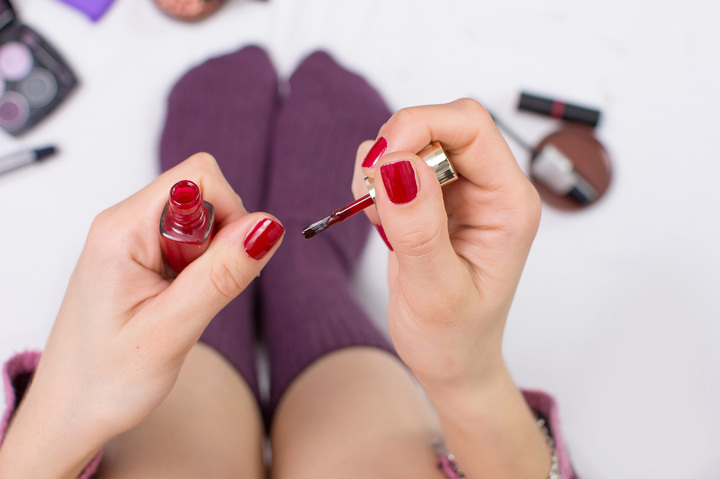- Cosmetic recipes dates back to ancient civilisations (as early as Mesopotamia in the late-3000s BC through to Ancient Egypt, Ancient Greece and Ancient Rome) and were used for a wide range of purposes, including to signify religious beliefs
- Cleopatra led the way for refined make-up in red, white and black colourings. Her innovative collection of recipes created make-up from complex mineral mixes with lead by-products (cerusite, laurionite, phosgenite)
- Egyptians used henna to stain fingernails; the Chinese Cho dynasty (600 BC) used gum, egg whites, gelatine and beeswax to create varnish
- Uniform cosmetic use to signify social class dates back to the Middle Ages, when men and women powdered their faces to avoid looking like middle- and lower-class labourers; vermilion red (mercury sulfide) was used to give colour to the cheeks, white lead added to the "perfect face" look
- 18th century England banned the use of lipstick because it was believed to lure men into marriage
- In 1909, a famous London salon was the first to sell cosmetics on the open market
- The 20th century saw participants of social movements such as the suffragettes use make-up to express freedom and independence
Decorative Cosmetics
Products:
Foundations, blushes, powders, eye shadows, eye & lip liners, lipsticks & glosses, mascaras, nail varnishes
Did you know?
Benefits
- Clinical research confirms that the ability to take care of your appearance during illness increases confidence and can aid the healing process
"I wish my make-up would adapt to all types of lightning..."
